Why Spain is a great place for kids
Choosing the city that's right for you
Choosing the visa that's right for you
More than just great weather
Why Spain provides a better quality of life
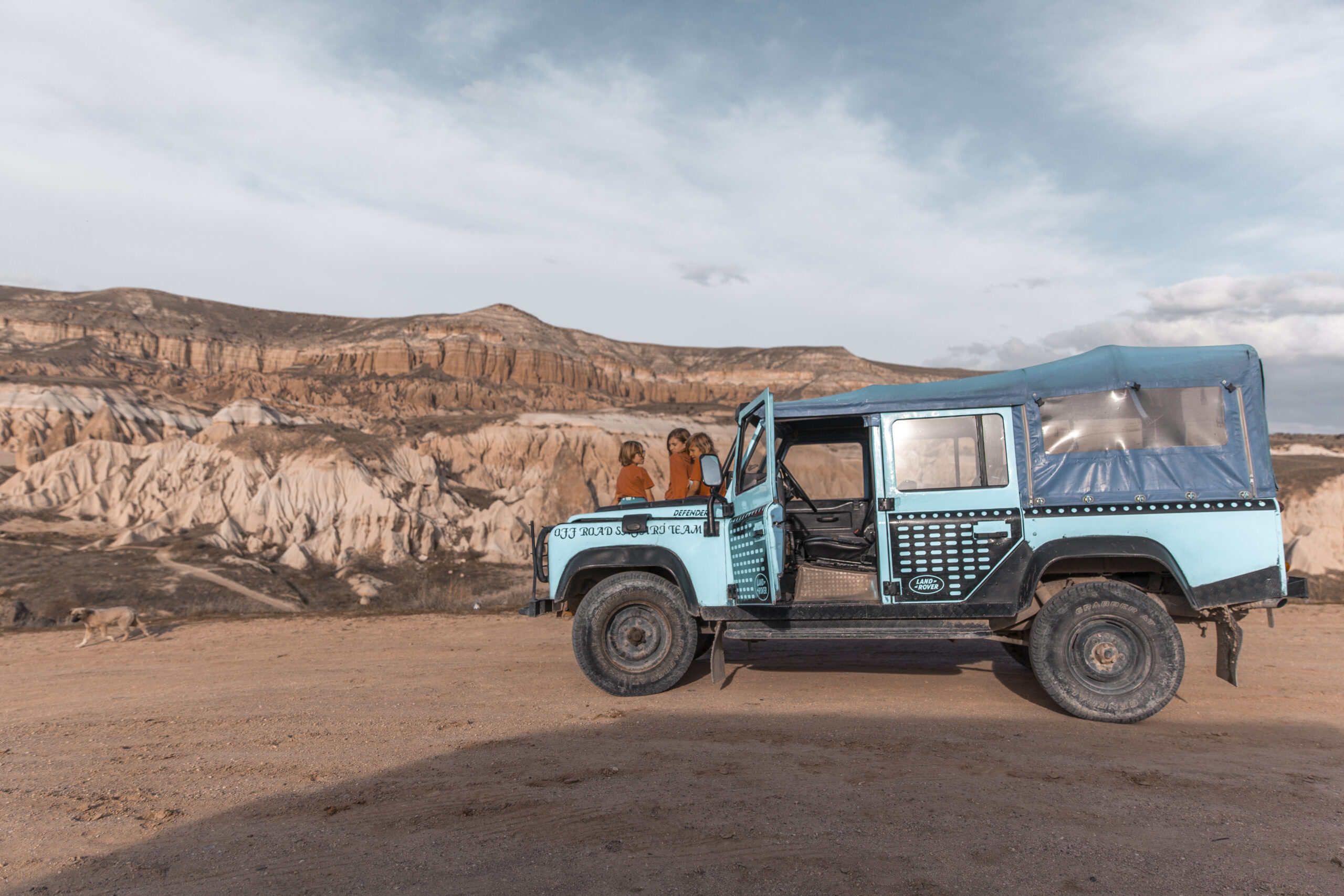
How we Plan
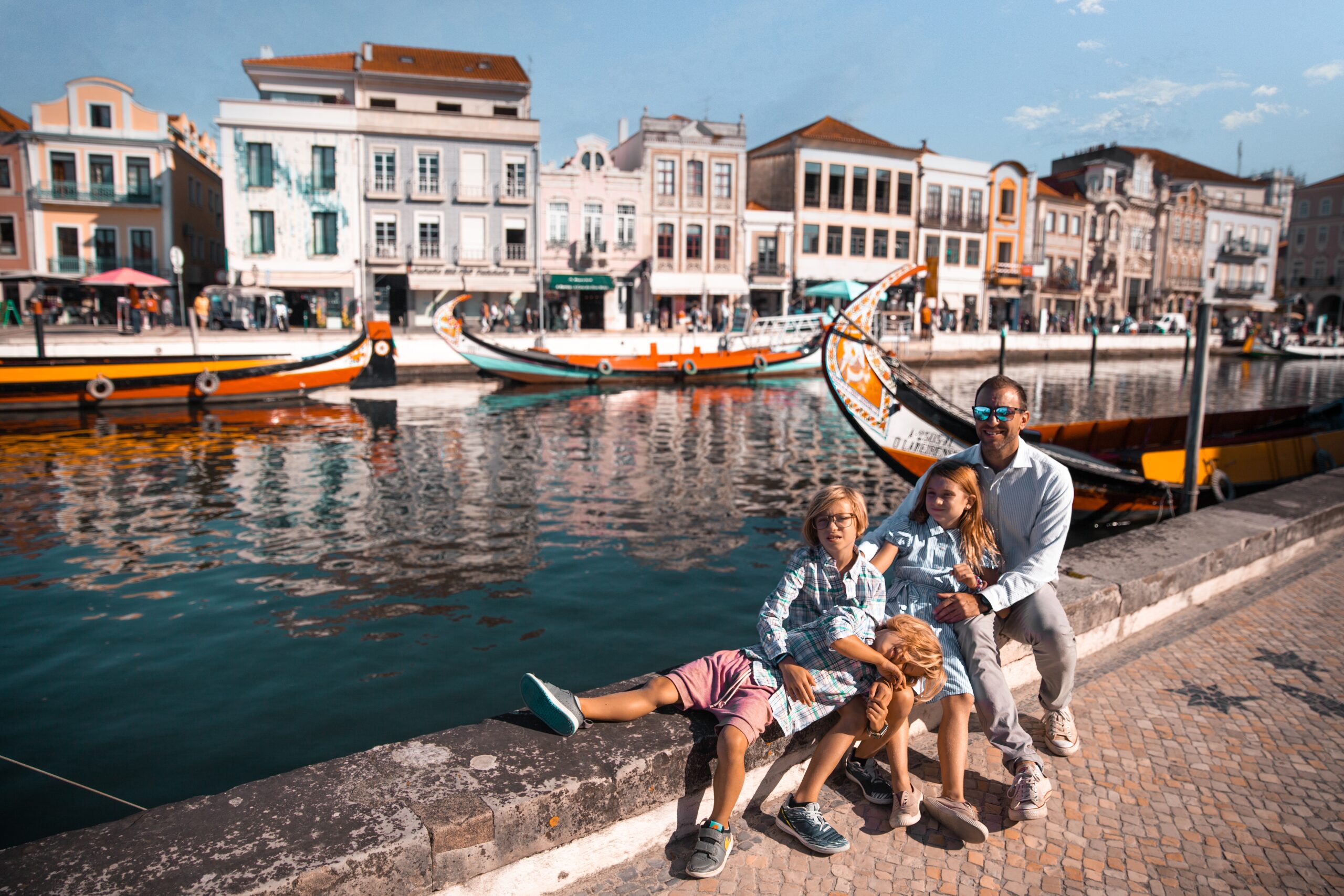
What we pack
Choosing Travel Insurance
Book Your Hotel
with Booking.com
Book Your Car
with RentalCars.com
Book Your Flight
with Skyscanner.com
Book Your Tour
with GetYourGuide.com
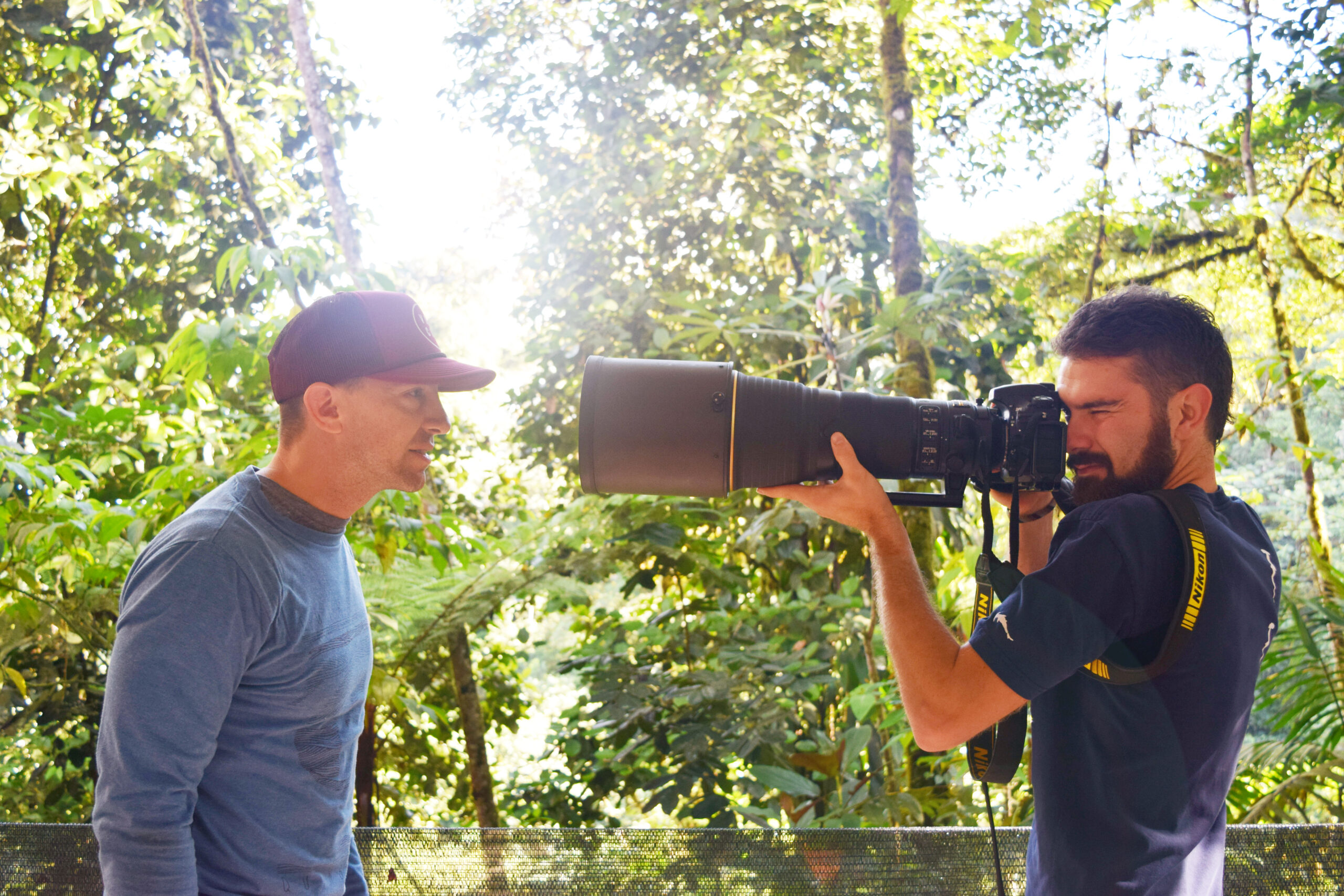
Our Camera Gear
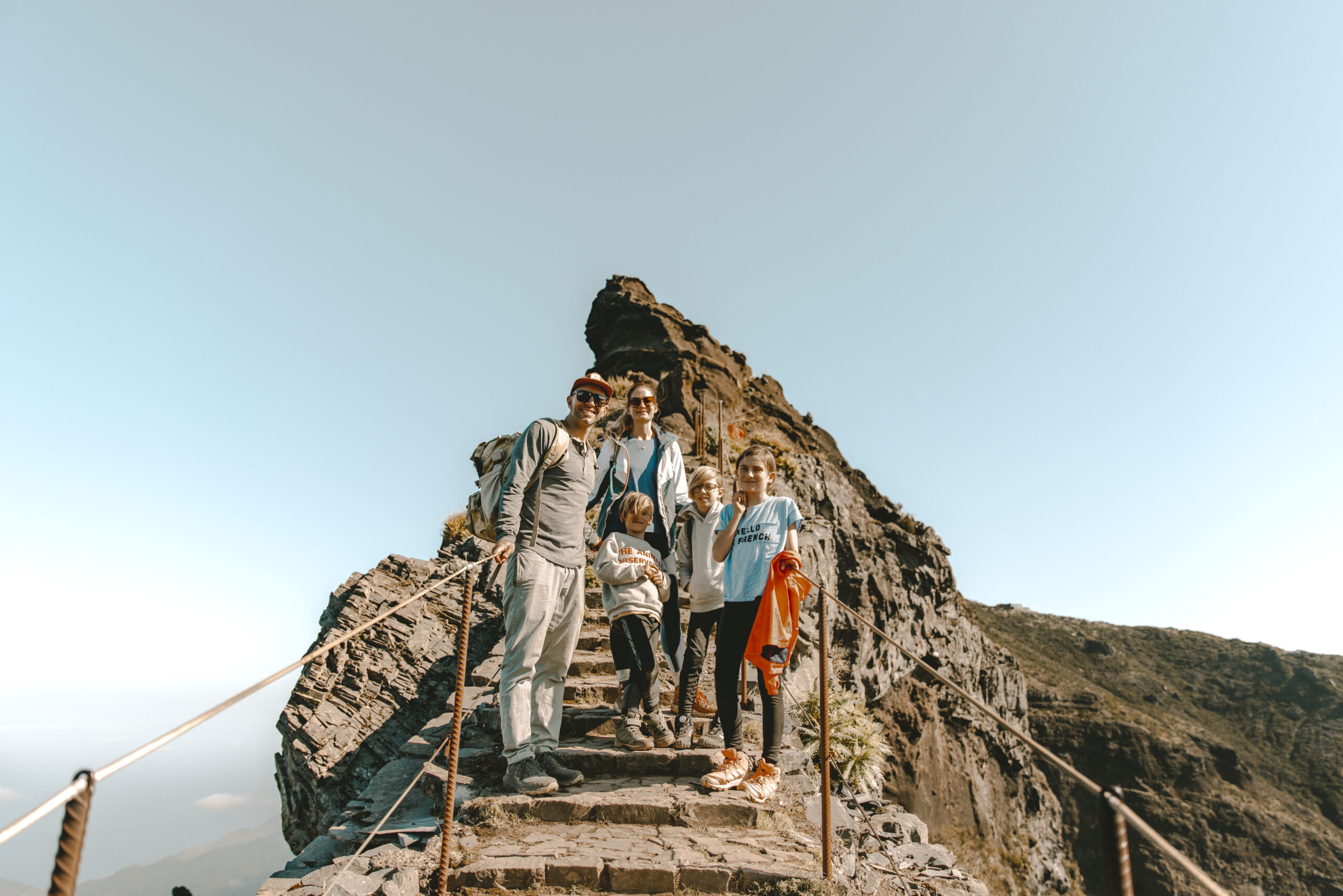
How We Fly
Choosing Your Destination
The Amazing Main Attractions in...
Rome
Discover the thrill of navigating Rome’s iconic tourist traps, where history, culture, and chaos collide in an unforgettable adventure through the Eternal City.
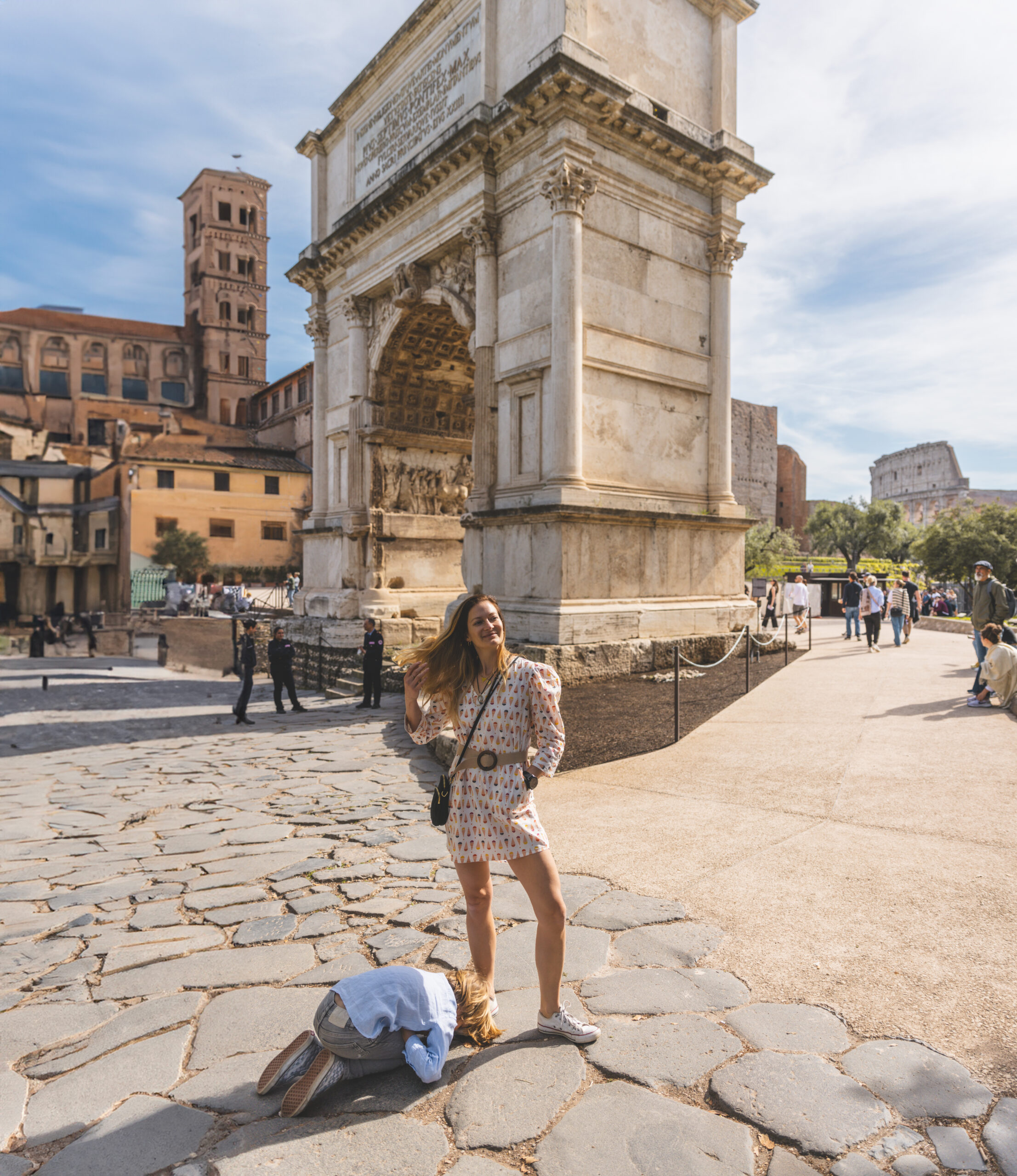
Ah, Rome! The Eternal City, where history meets gelato and ruins serve as the backdrop for Instagram selfies. In this guide, we’ll take a tour of some of Rome’s most iconic landmarks, from the mighty Colosseum to the picturesque streets of Vie Dei Coronari. Strap in, folks, and prepare for a whirlwind journey through the ages (and crowds)!
The Colosseum
The Colosseum, where gladiators once battled to the death for the entertainment of bloodthirsty crowds. Built over 2,000 years ago, this ancient amphitheater is a testament to Rome’s enduring legacy of violence and spectacle. Fun fact: Did you know that the Colosseum could hold up to 50,000 spectators? I know because that many people were there the day we were. For those looking to indulge in some post-gladiatorial grub, head over to Ristorante Colosseo for average pasta but exceptional views.
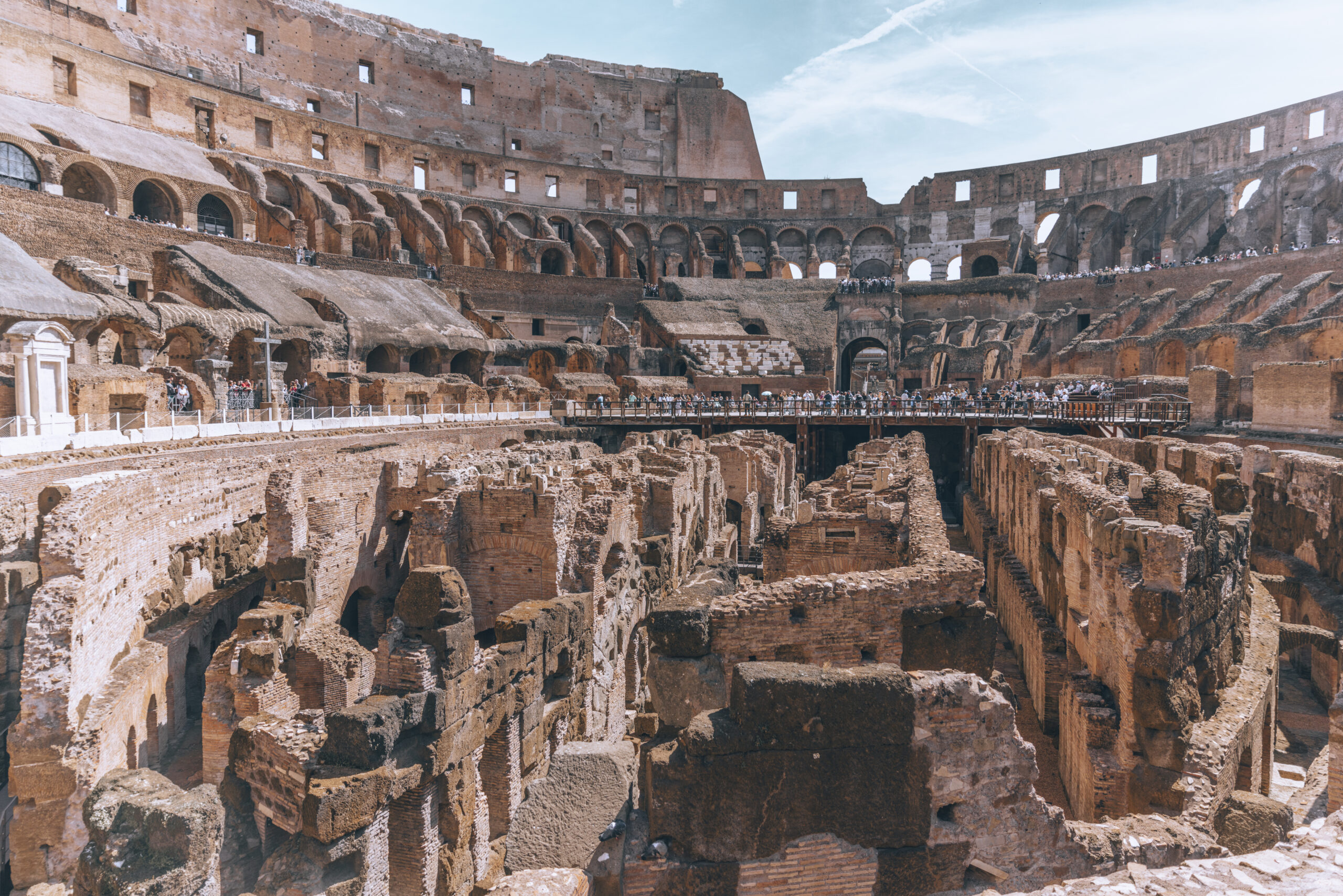
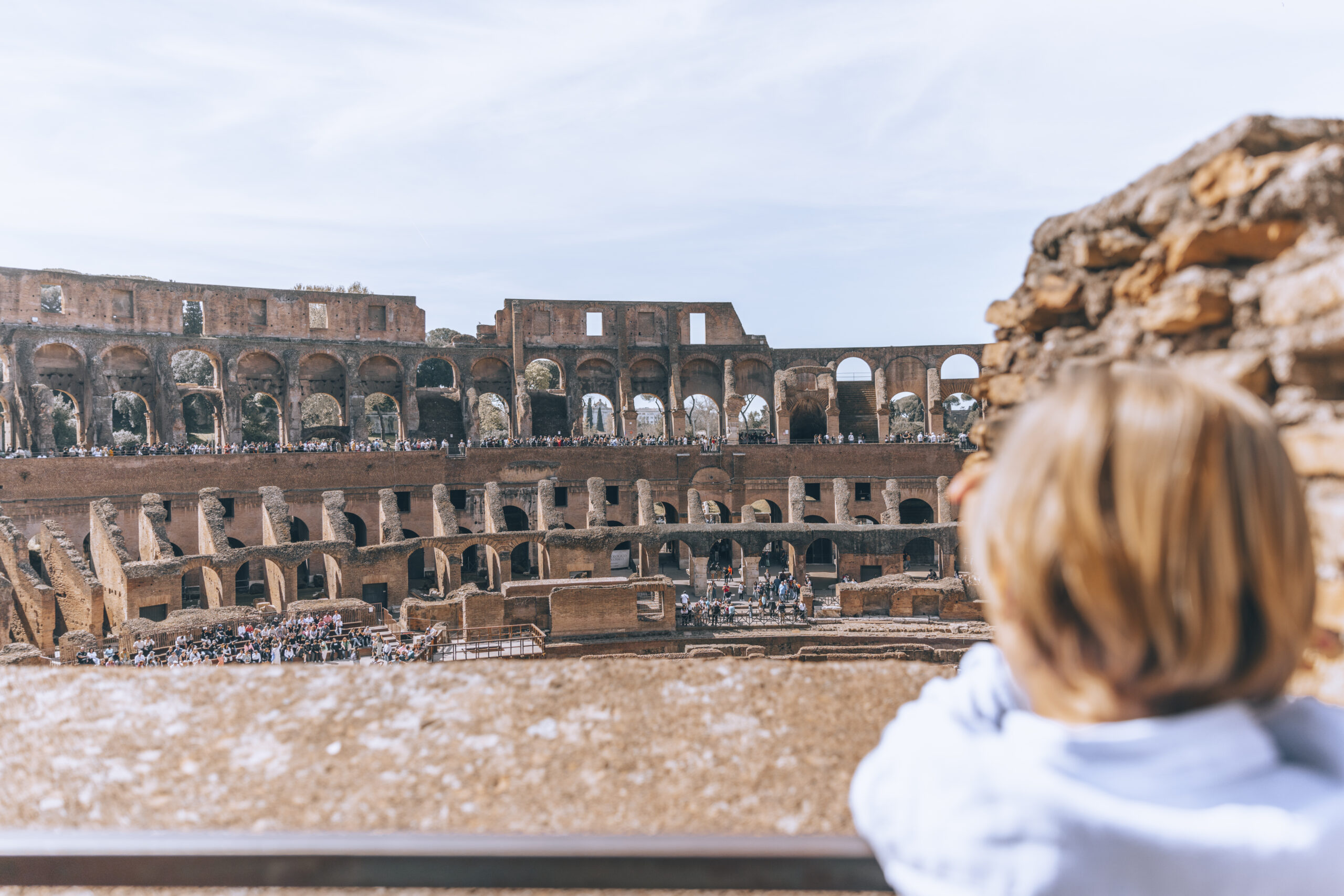
The kids will love the Colosseum. After all, it is one of the new Seven Wonders of the World. And, if you’re lucky, your kids will go around spouting facts like “Did you know over 500,000 people died here? And many animal species were entirely killed off.” All while finishing the fact with an exuberant “Are you not entertained?” Classic.
The Forum
Step back in time as you stroll through the ruins of the Roman Forum, once the bustling heart of ancient Rome. Here, emperors held court, senators debated, and citizens went about their daily lives. Fun fact: Julius Caesar was assassinated in the Forum on the Ides of March in 44 BC. Maybe his worst day ever? Too soon? After working up an appetite exploring the ruins, grab a bite to eat at Iari The Vino.
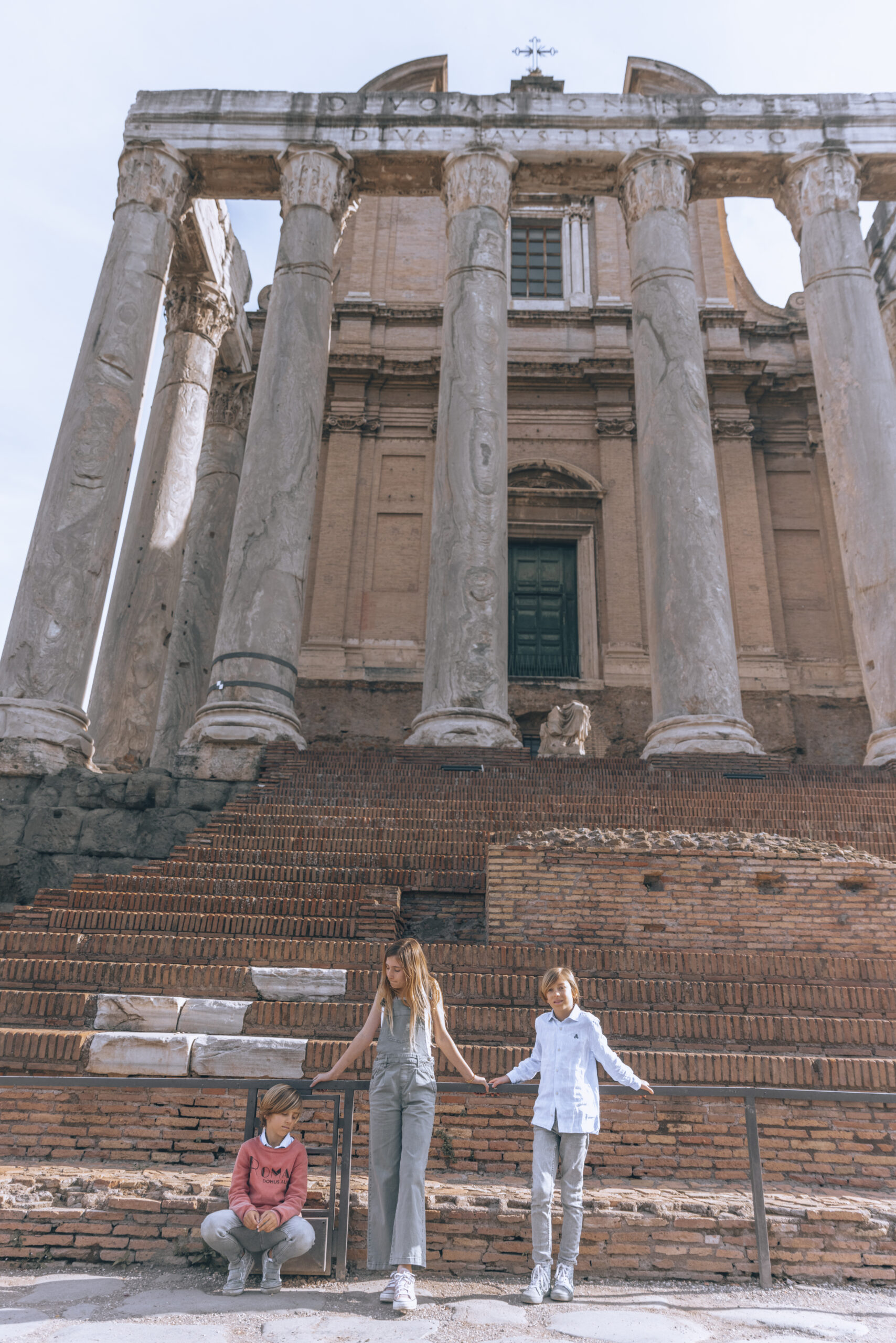
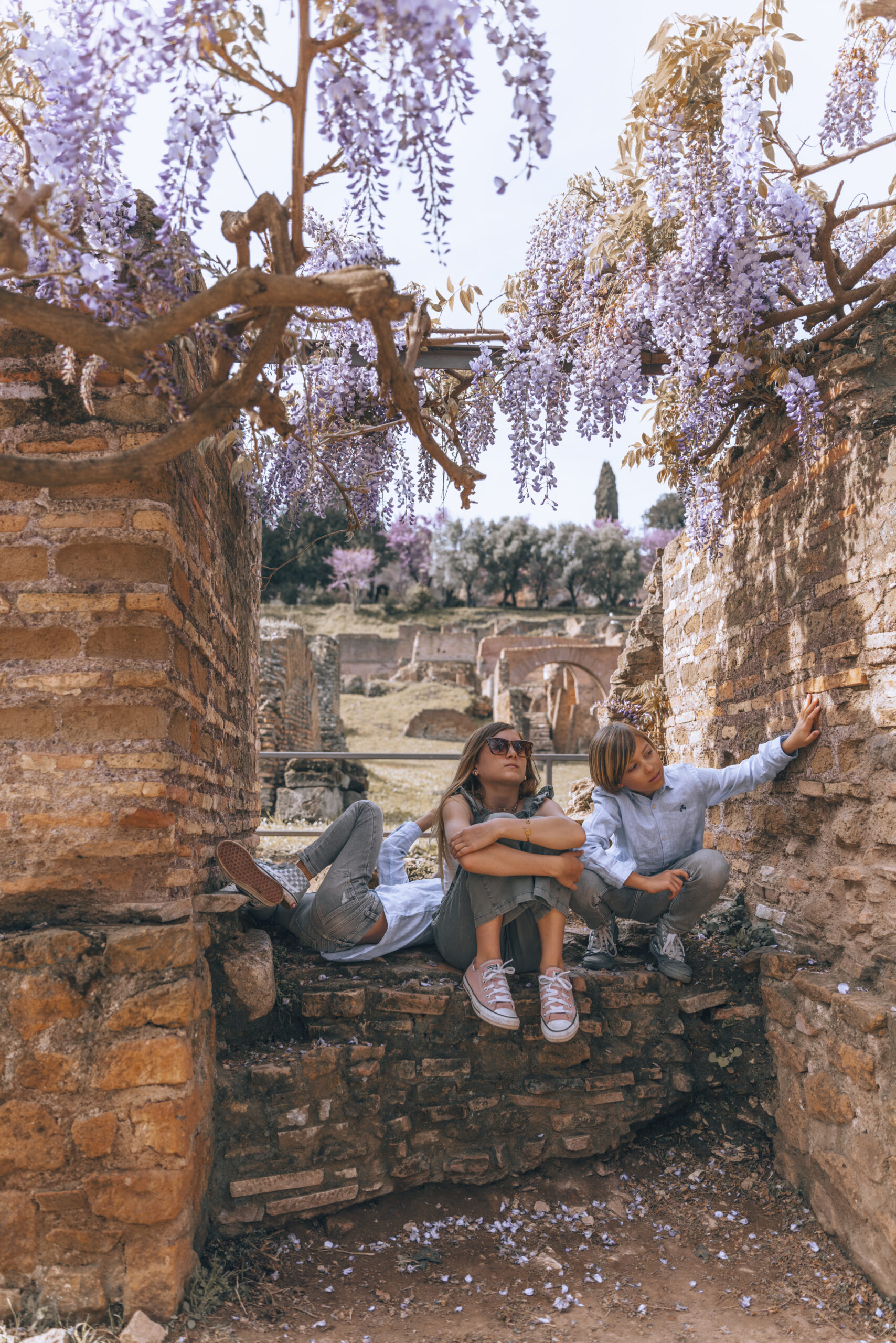
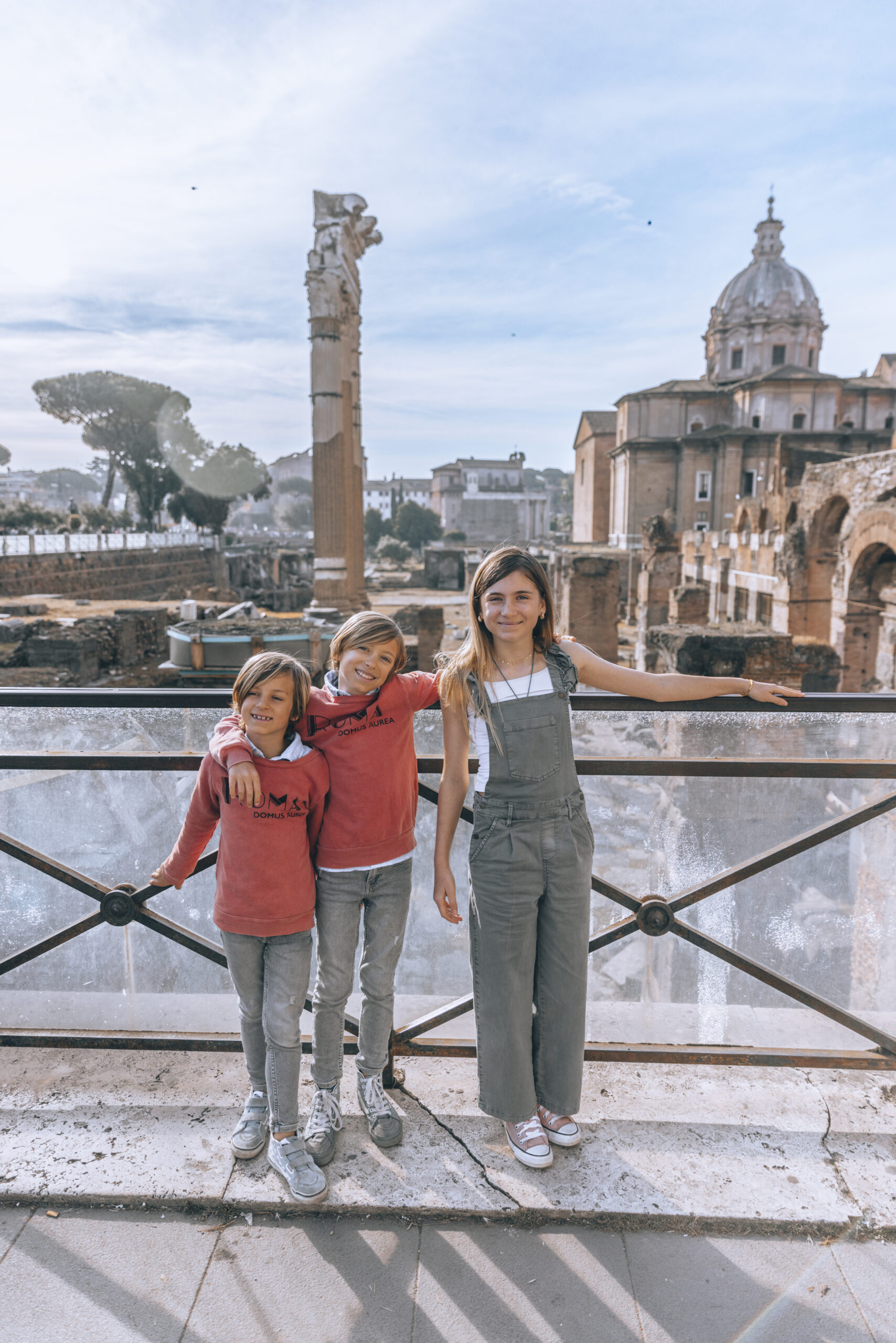
Here are some wild and lesser-known facts about the Roman Forum:
Temple of Saturn: The Temple of Saturn, located in the Forum, housed the treasury of the Roman Republic and later served as the state treasury of the Roman Empire. Legend has it that the temple’s gold reserves were so vast that they ran out of space to store them, leading to the phrase “rich as Croesus,” referring to the wealthy King Croesus of Lydia.
Rostra: The Rostra, a raised platform in the Forum used for public speeches and announcements, was adorned with the prows (rostra) of captured enemy ships. This symbolic display celebrated Rome’s naval victories and served as a reminder of the city’s military prowess.
Temple of Vesta: The Temple of Vesta, dedicated to the goddess of the hearth, was tended by the Vestal Virgins, priestesses responsible for keeping the sacred flame burning continuously. If the flame ever went out, it was believed to signify impending doom for Rome.
Basilica Julia: The Basilica Julia, a grand civic building in the Forum, was the site of legal proceedings, commercial transactions, and social gatherings. It was famously the location where Julius Caesar was assassinated by a group of senators in 44 BCE.
Curia Julia: The Curia Julia, the Senate House of ancient Rome located in the Forum, was rebuilt by Julius Caesar after the original structure was destroyed by fire. It was here that the Roman Senate convened to debate and pass laws, shaping the course of Roman history.
Cloaca Maxima: The Cloaca Maxima, or Great Sewer, was one of the earliest sewage systems in the world and played a crucial role in keeping the Forum and surrounding areas clean. Constructed in the 6th century BCE, it was a marvel of engineering that drained water from the marshy lands of the Forum into the Tiber River.
Christian Transformations: During the medieval period, many of the ancient structures in the Forum were repurposed for Christian use. The Temple of Romulus, for example, was converted into the Church of Santi Cosma e Damiano, while the Temple of Antoninus and Faustina became the Church of San Lorenzo in Miranda.
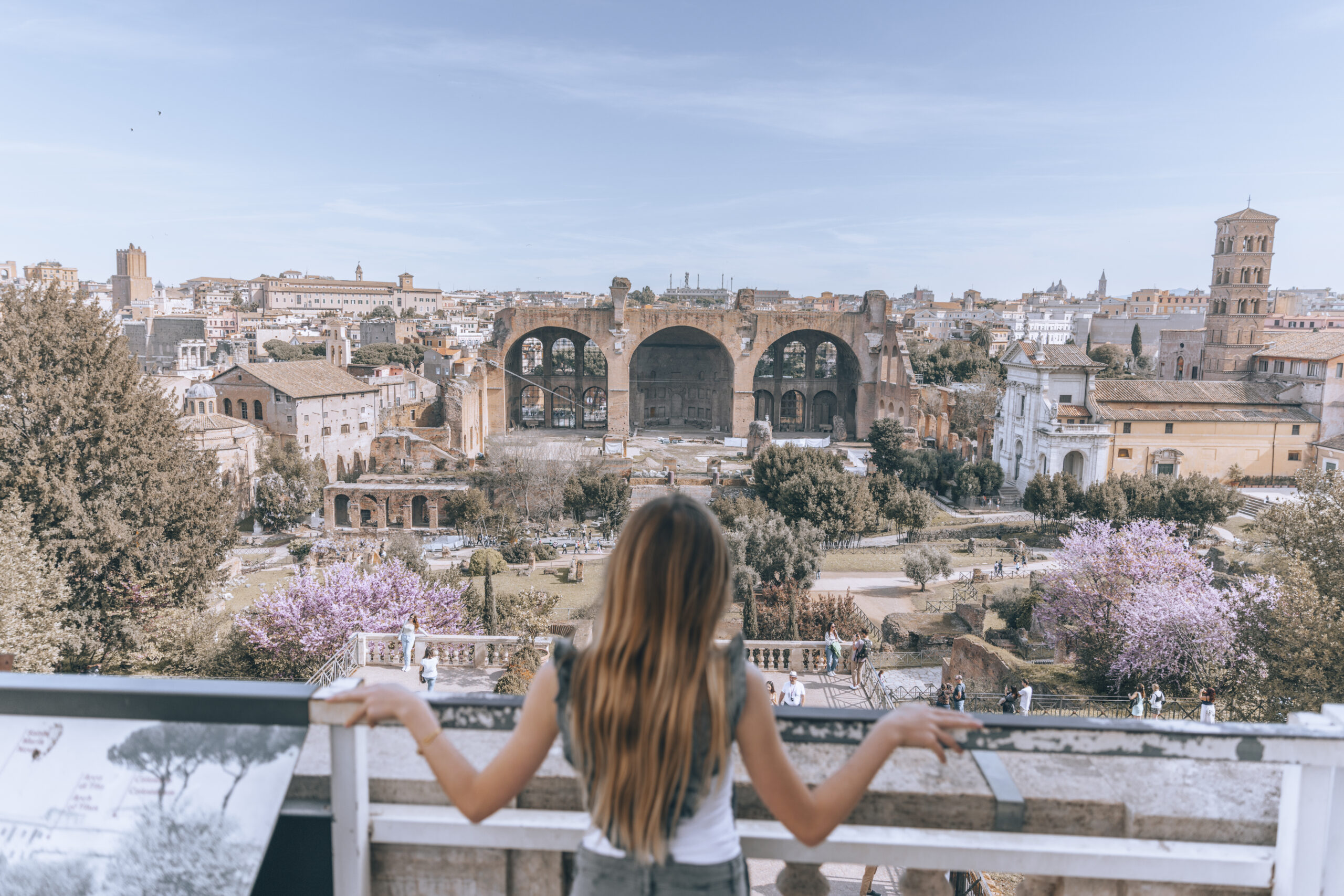
The Forum was one of our faves. I think the key was getting there early (I think that’s the key everywhere in Rome, to be honest).
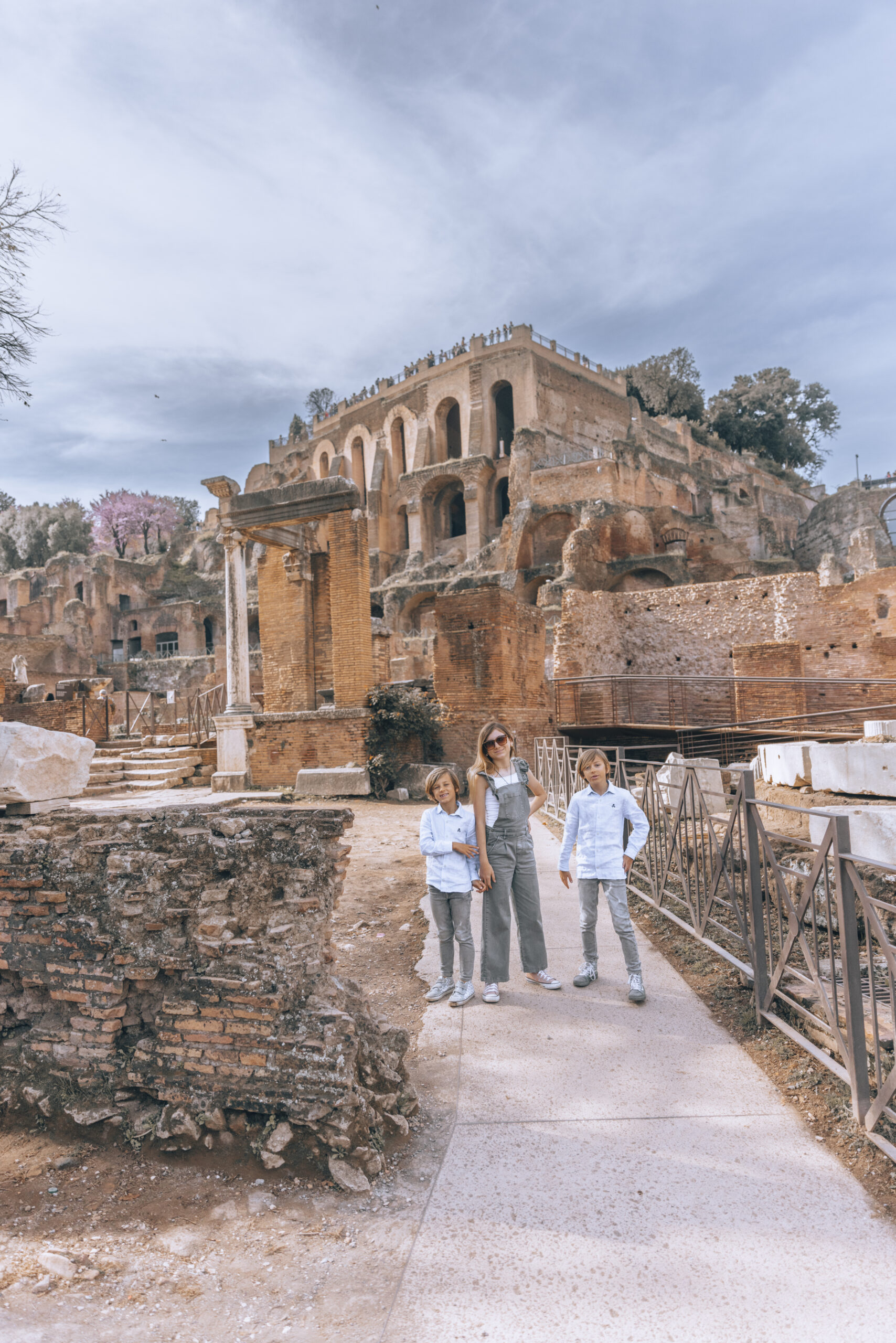
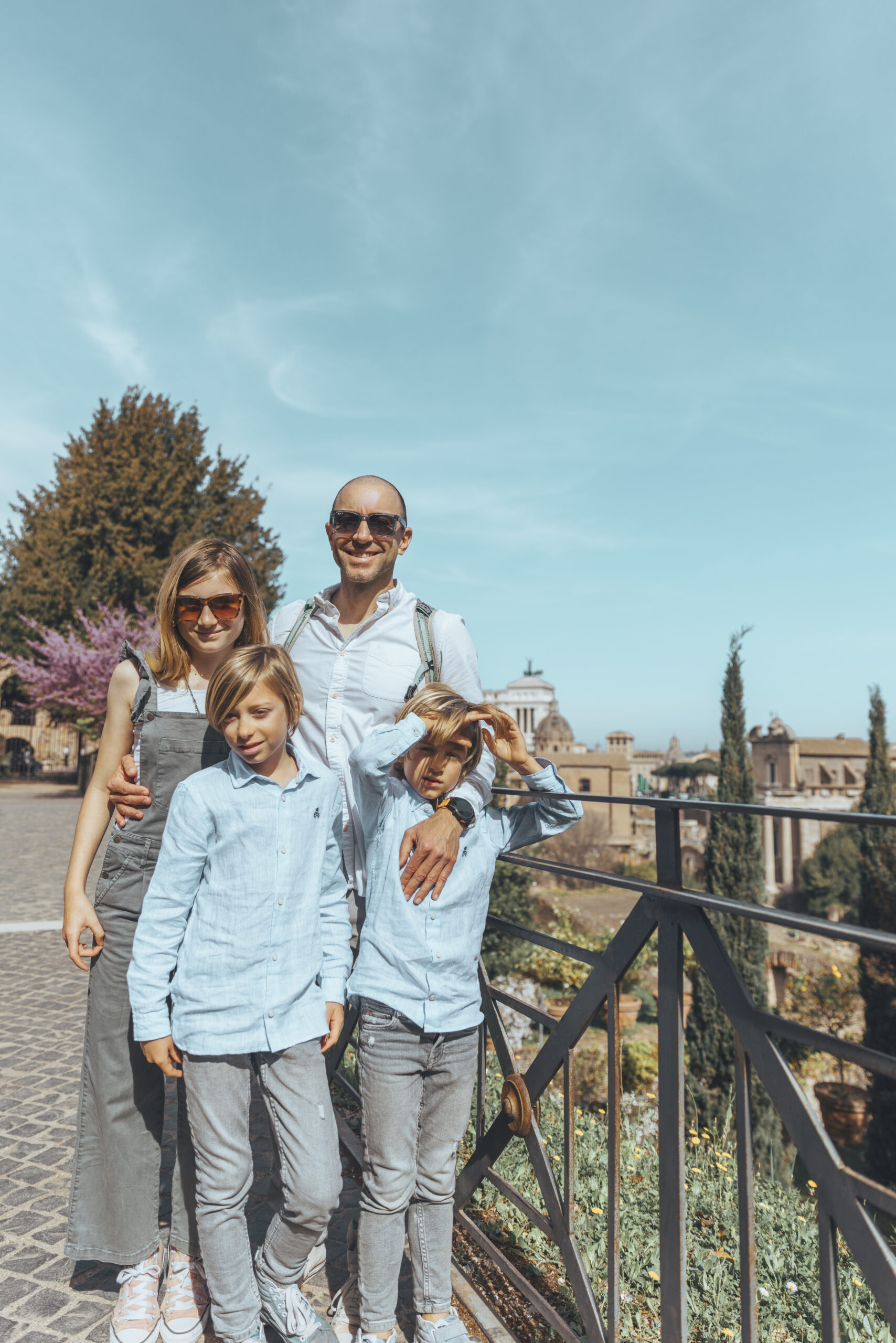
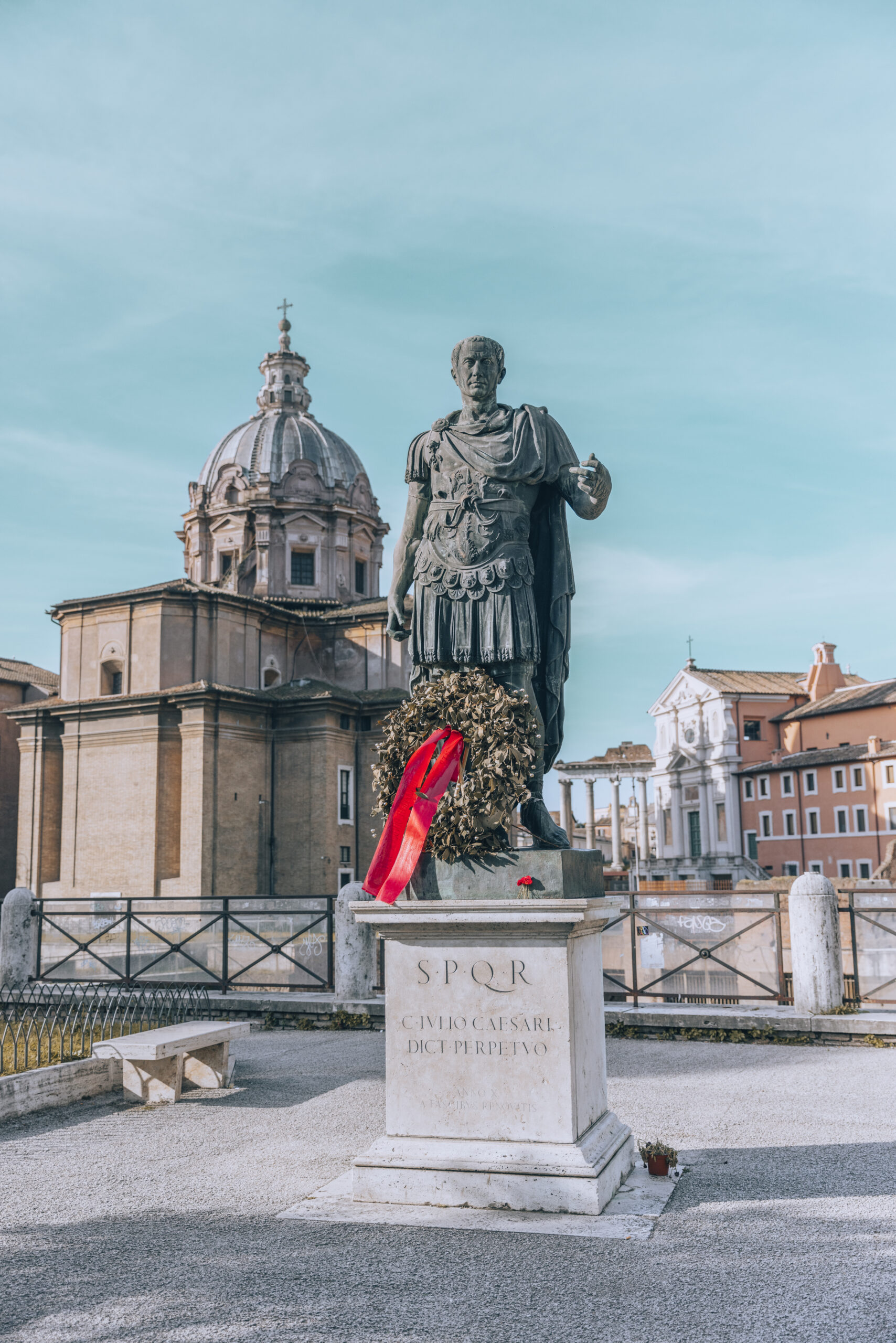
Trevi Fountain
Make a wish and toss three coins into the Trevi Fountain, (but beware of the crowds of selfie sticks and tourists vying for the perfect shot). This Baroque masterpiece is said to grant wishes to those who toss a coin over their shoulder into its crystal-clear waters. Fun fact: The Trevi Fountain collects over €3,000 in coins every day, which are donated to charity. After making your wish, see if you can score a spot at Piccolo Buco.
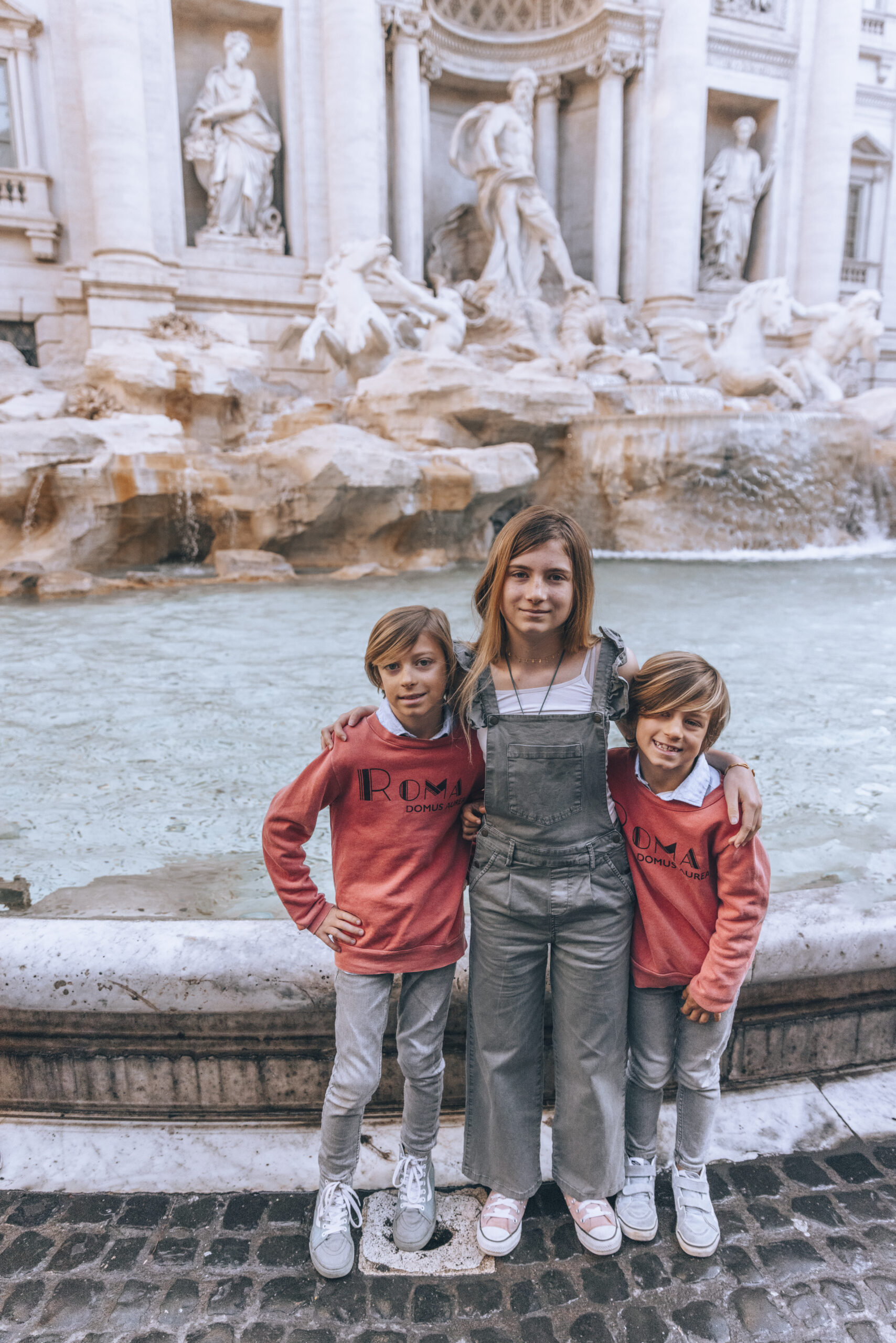
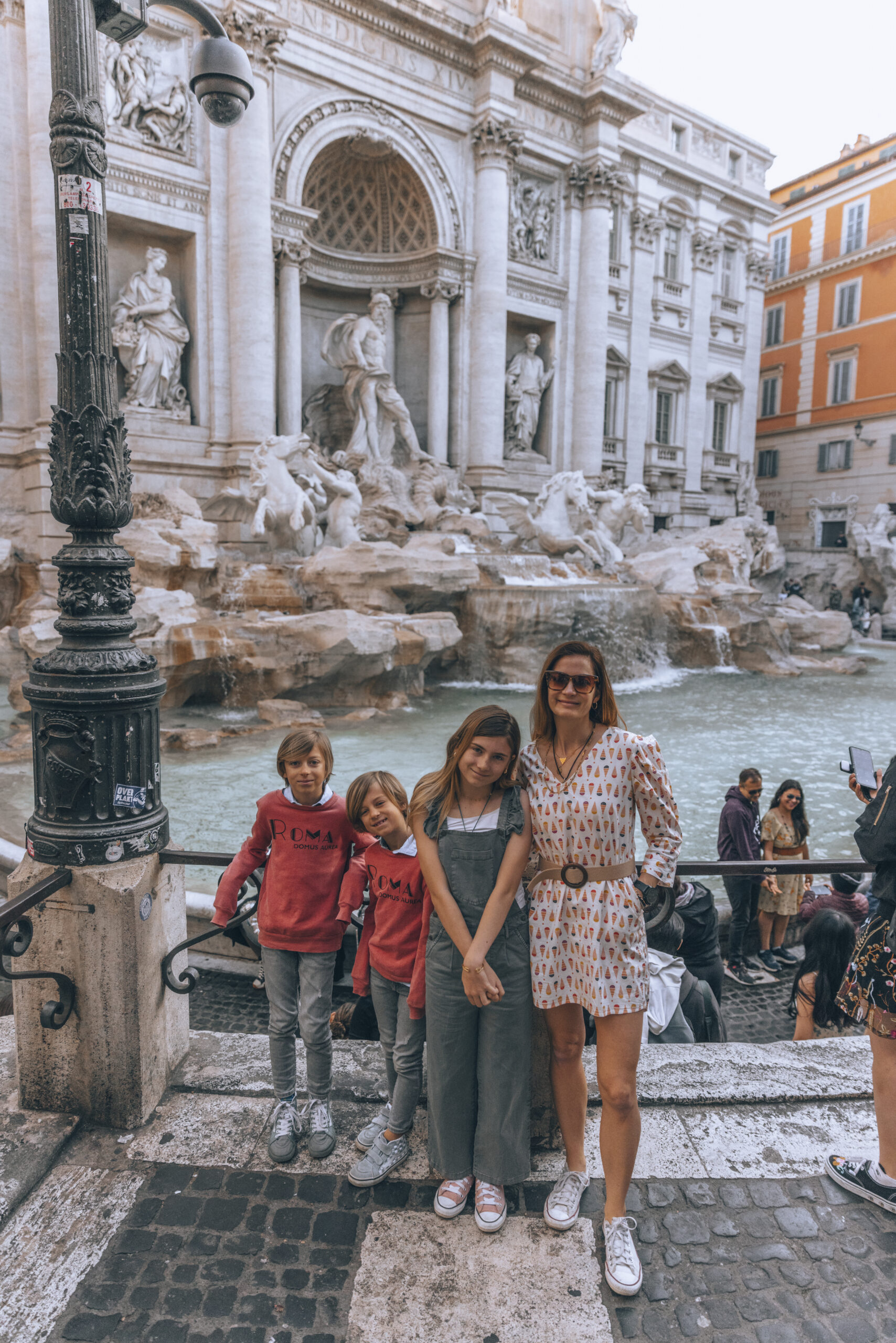
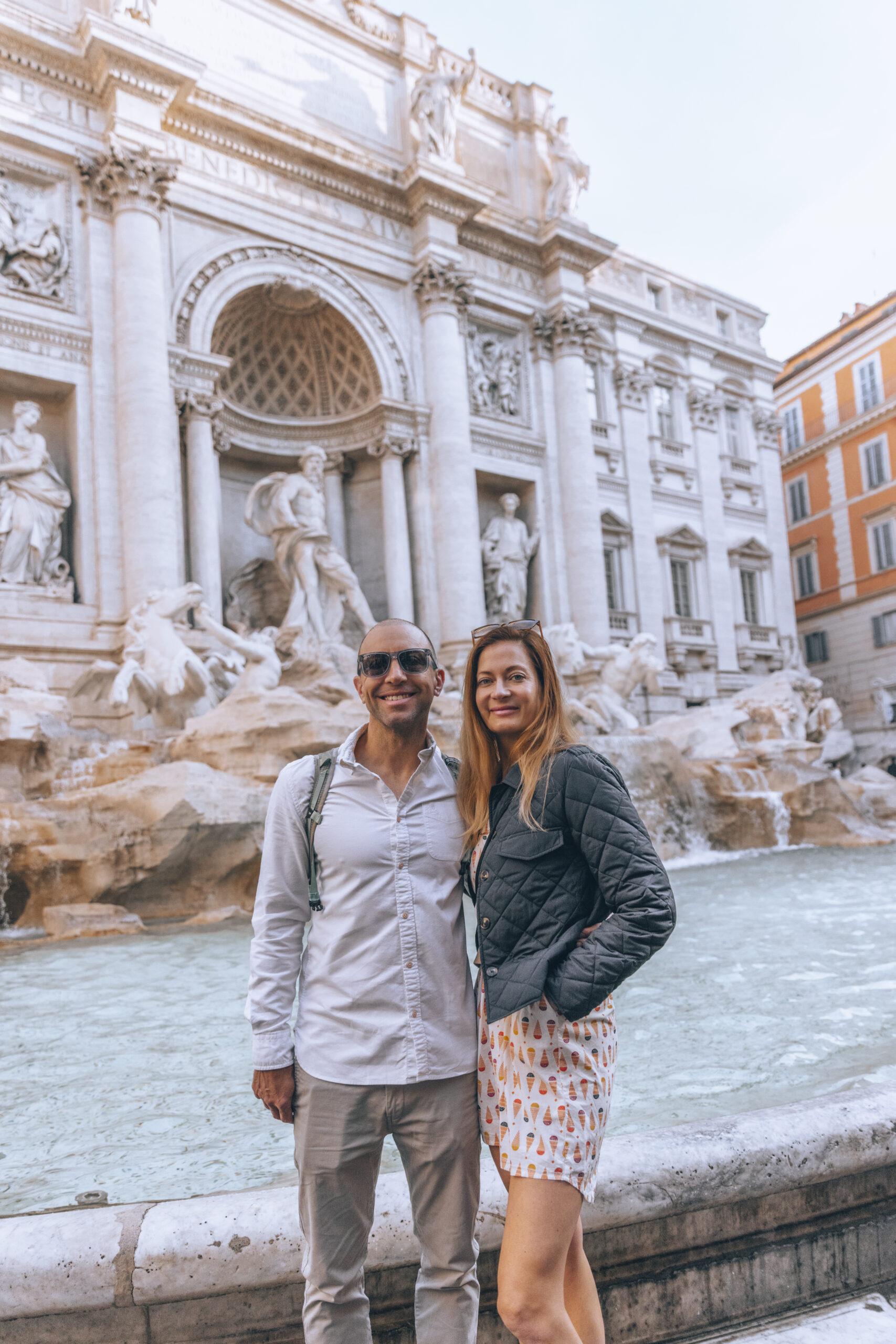
Best time NOT to go: Any time after 6am (except for that one Monday morning they were cleaning it out so they roped it off and it kept the hordes of people at bay).
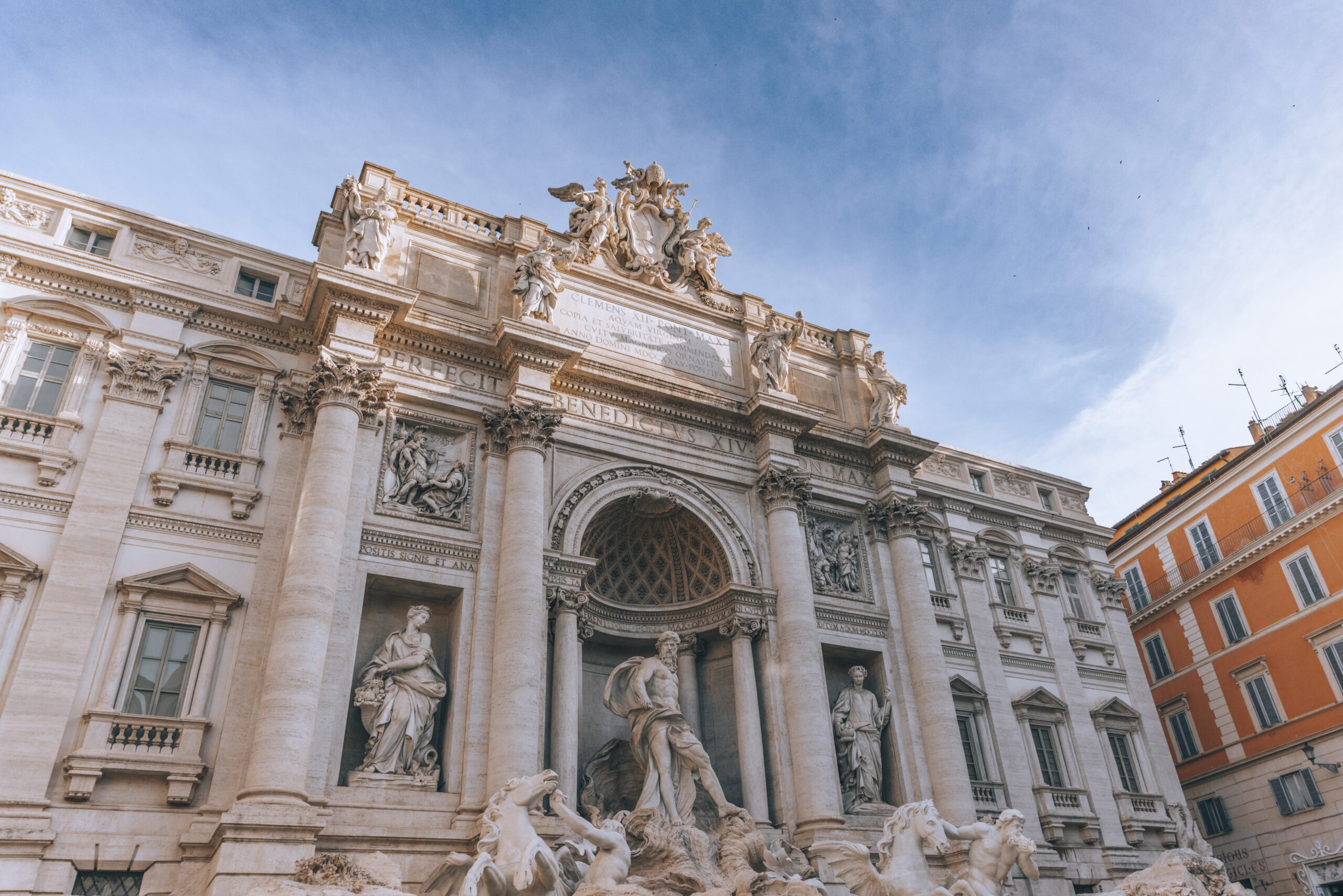
Vatican City
Home to the Pope, the Sistine Chapel, and silly looking soldiers, Vatican City is a must-visit for any tourist with a penchant for religious iconography and long lines. Fun fact: The Vatican Museums are home to over 70,000 works of art, including masterpieces by Michelangelo, Raphael, and Leonardo da Vinci. After admiring the ceiling of the Sistine Chapel, perhaps walk over to Ristorante 433.
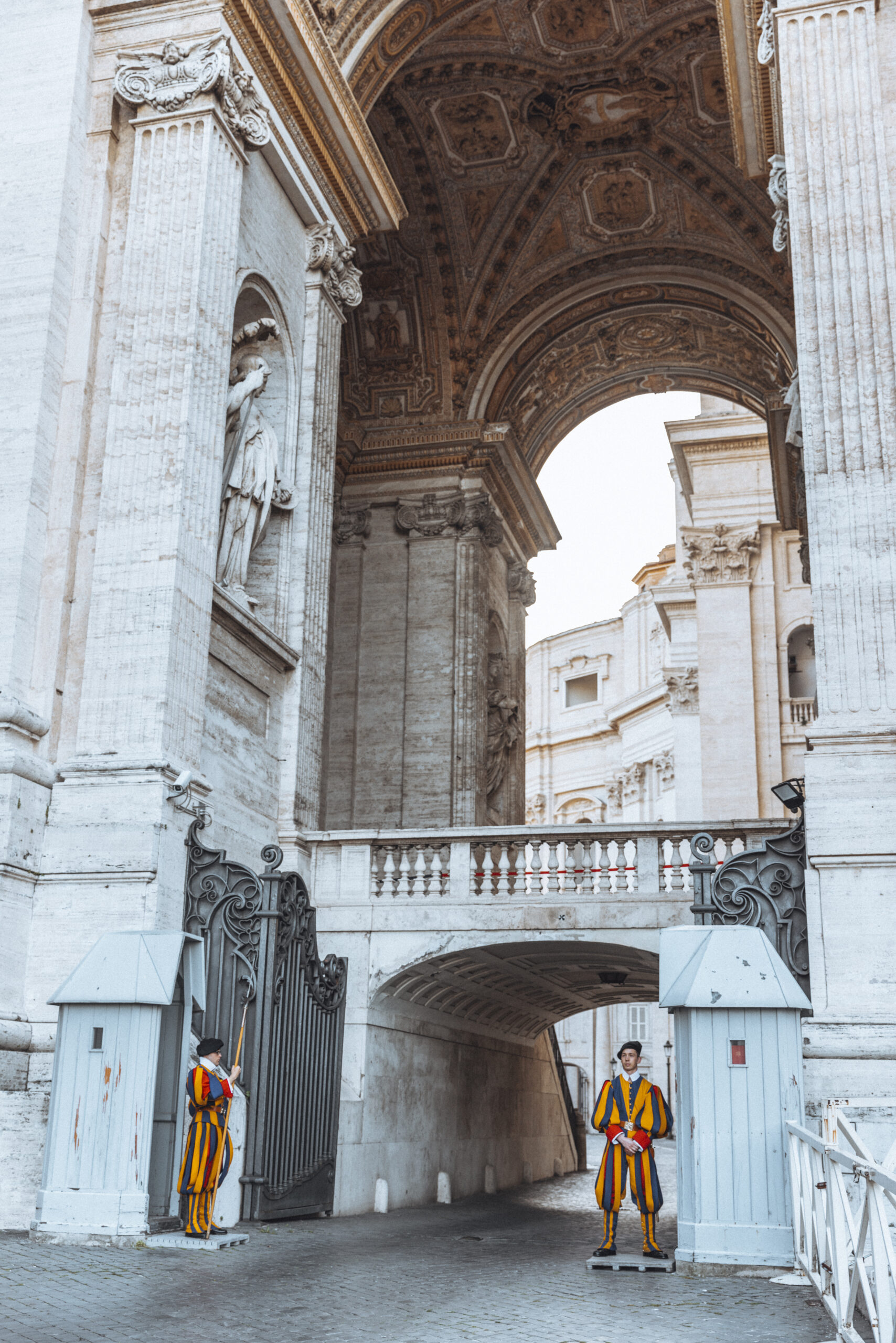
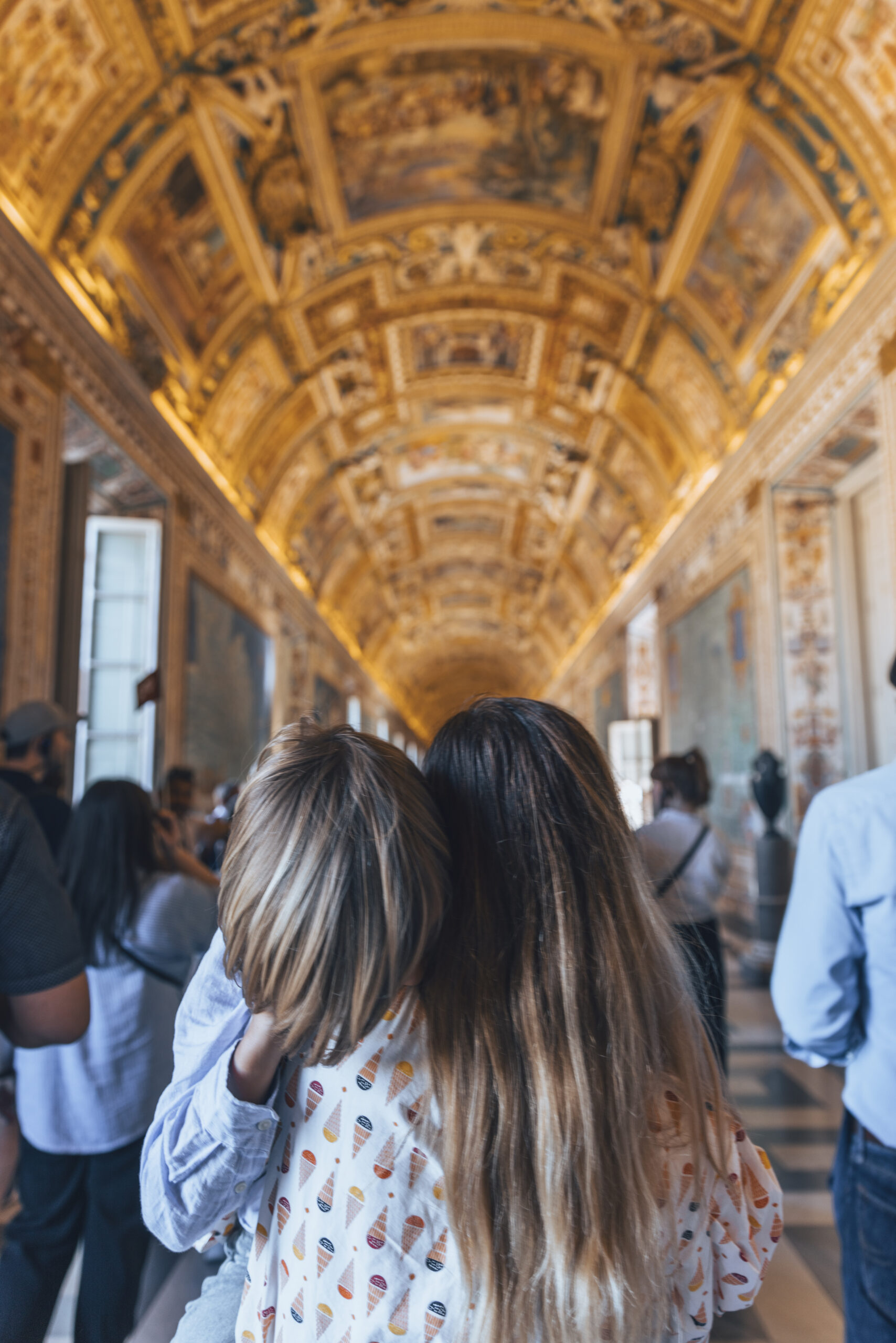
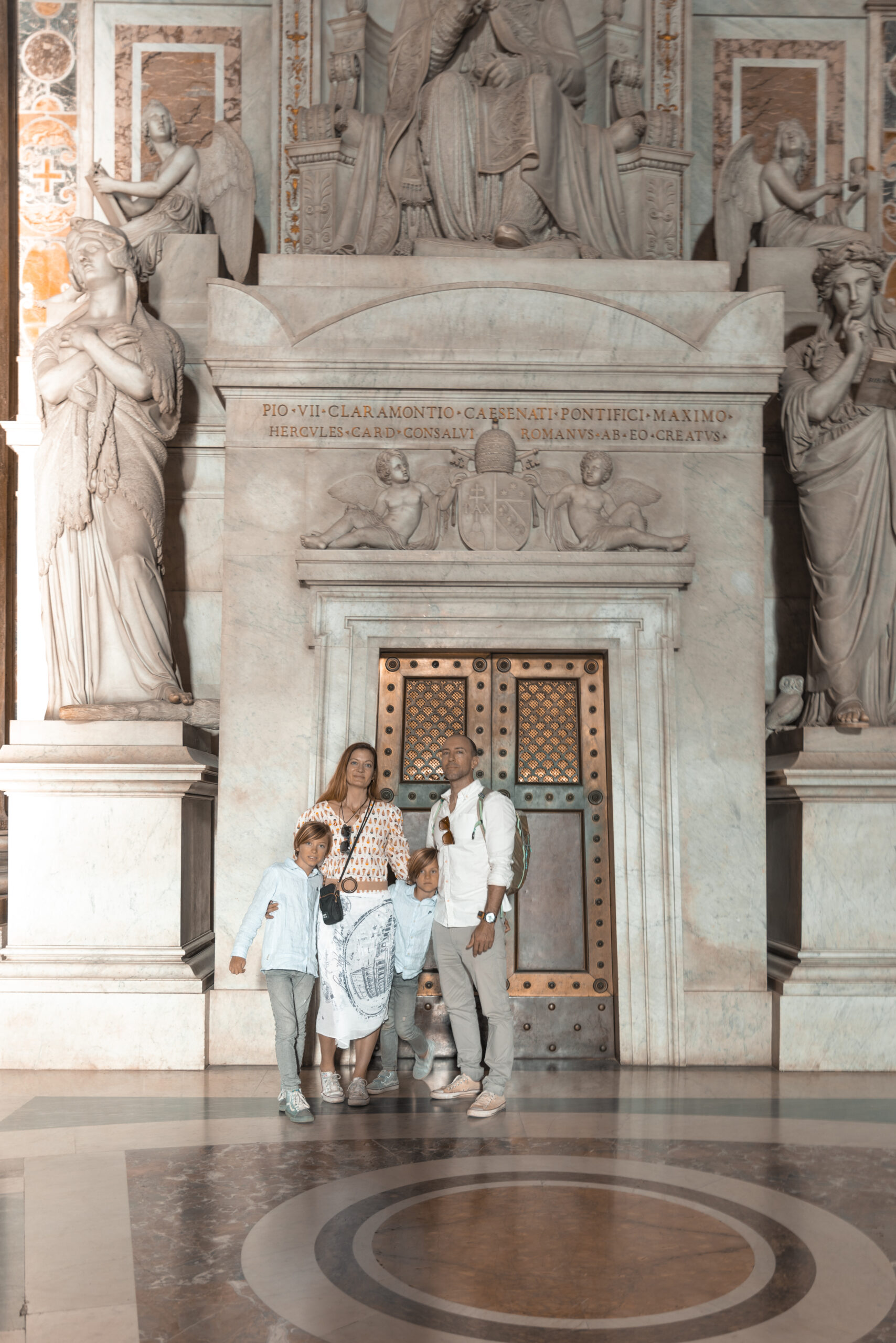
Here are some intriguing and lesser-known facts about Vatican City:
Smallest Country: Vatican City holds the title of the smallest independent state in the world, both by area and population. With an area of just 44 hectares (110 acres) and a population of around 800 residents, it is the spiritual and administrative center of the Roman Catholic Church.
Popes’ Swiss Guards: The Pontifical Swiss Guard, established in 1506, is the world’s oldest standing army and has been responsible for the safety of the Pope and the Vatican since its inception. Their distinctive Renaissance-style uniforms and halberds make them one of the most recognizable symbols of Vatican City.
Secret Archives: The Vatican Secret Archives, located within Vatican City, house a vast collection of historical documents spanning over 12 centuries. Contrary to popular belief, the term “secret” does not imply that the contents are hidden or classified but rather derives from the Latin word “secretum,” meaning private or personal.
St. Peter’s Basilica: St. Peter’s Basilica, one of the largest churches in the world, stands on the traditional site where the apostle Peter was buried after his martyrdom. Its iconic dome, designed by Michelangelo, dominates the skyline of Vatican City and serves as a symbol of the Catholic faith.
Sistine Chapel: The Sistine Chapel, renowned for its stunning frescoes by artists such as Michelangelo, Botticelli, and Perugino, serves as the site of the papal conclave, where cardinals gather to elect a new Pope. The famous ceiling frescoes, including the Creation of Adam, attract millions of visitors each year.
Postal Service: Vatican City has its own postal service, recognized as one of the most efficient in the world. Visitors can send postcards and letters with Vatican City postage stamps, featuring iconic images of the Pope, St. Peter’s Basilica, and other religious motifs. You can find a giant, mobile office while waiting in line for the church.
Papal Audience: Every Wednesday, the Pope holds a public audience in St. Peter’s Square, where pilgrims and visitors from around the world gather to receive his blessing and listen to his teachings. It’s a unique opportunity to witness the spiritual leadership of the Catholic Church up close.
Pantheon
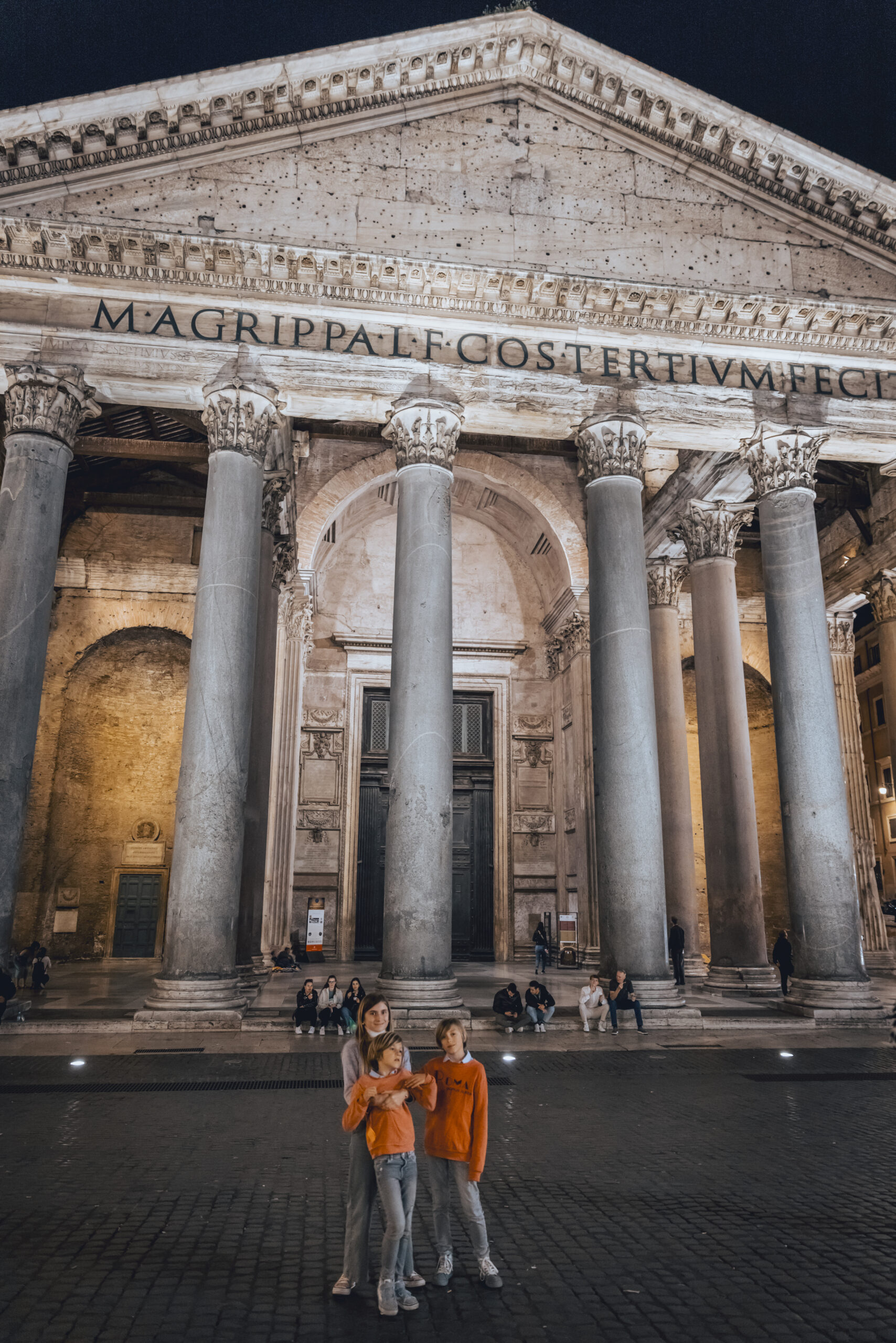
Behold the mighty Pantheon, a marvel of ancient Roman engineering and the only ancient Roman building that remains virtually intact to this day. Truly one of the cooler looking buildings I’ve ever seen. Built in 126 AD, this former temple to all the gods now serves as a church and a popular tourist attraction. Fun fact: The Pantheon’s dome is still the world’s largest unreinforced concrete dome. After marveling at the Pantheon’s grandeur, grab a bite to eat at Da Gino Al Parlamento. Or, brave the crowds for an amazing sandwich at All’Antico Vinaio.
Castel Sant'Angelo
Perched on the banks of the Tiber River, Castel Sant’Angelo offers stunning views of the city and a fascinating glimpse into Rome’s tumultuous history. Originally built as a mausoleum for Emperor Hadrian, it later served as a fortress and a papal residence. Fun fact: Legend has it that the Archangel Michael appeared on top of the castle, signaling the end of a deadly plague in Rome. After exploring the castle’s labyrinthine corridors, head over to Pasta Imperiale for some unforgettable pasta and wine.
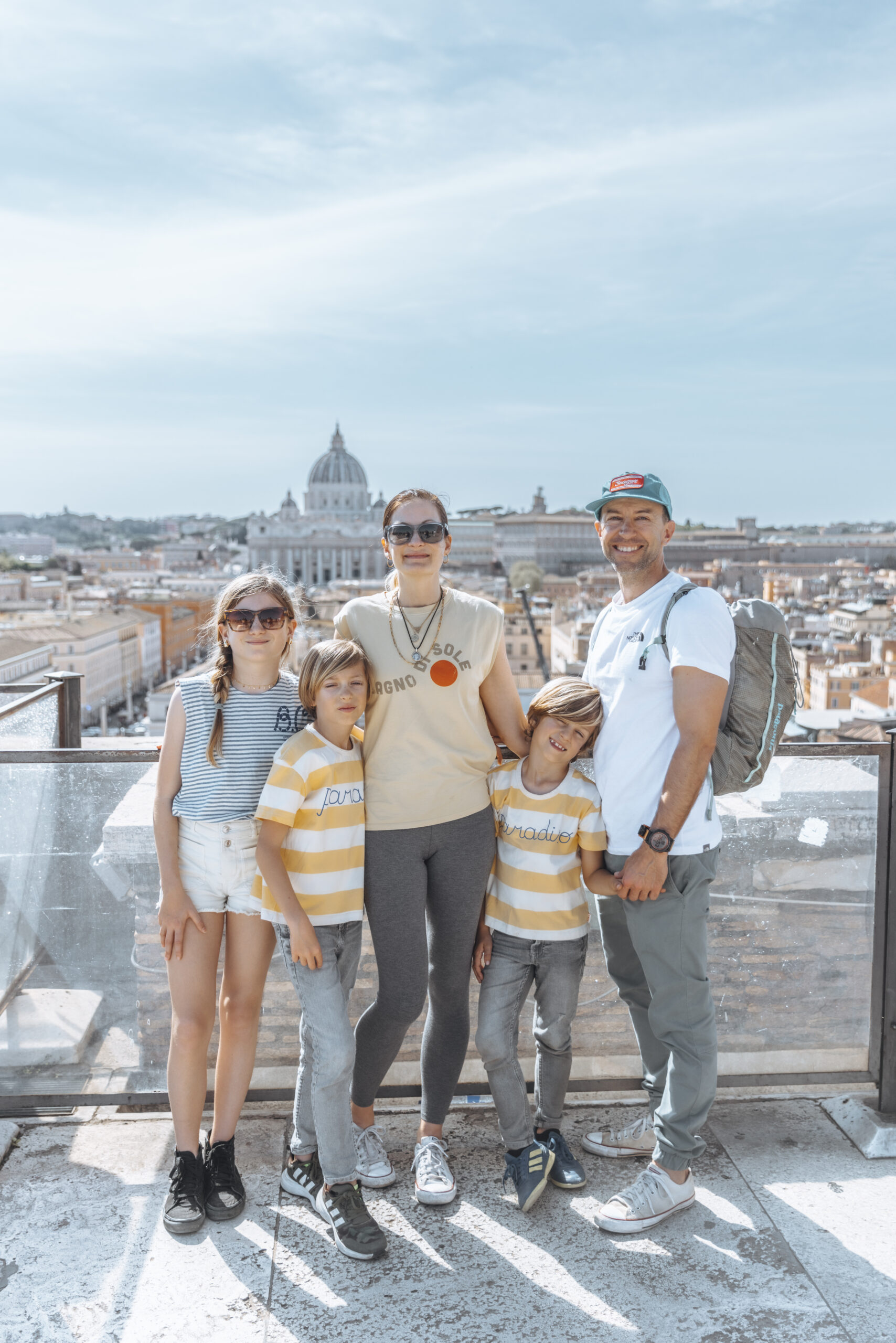
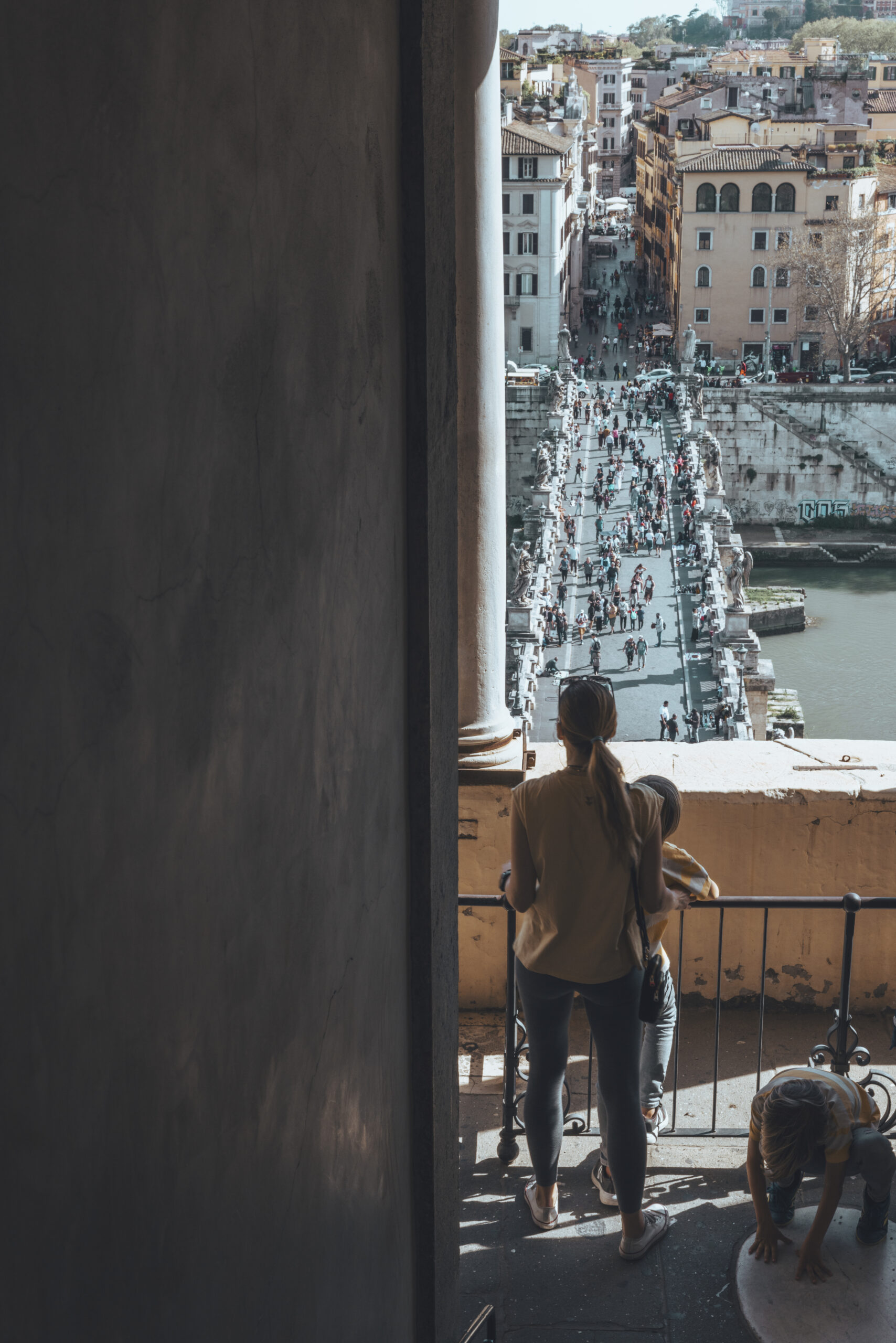
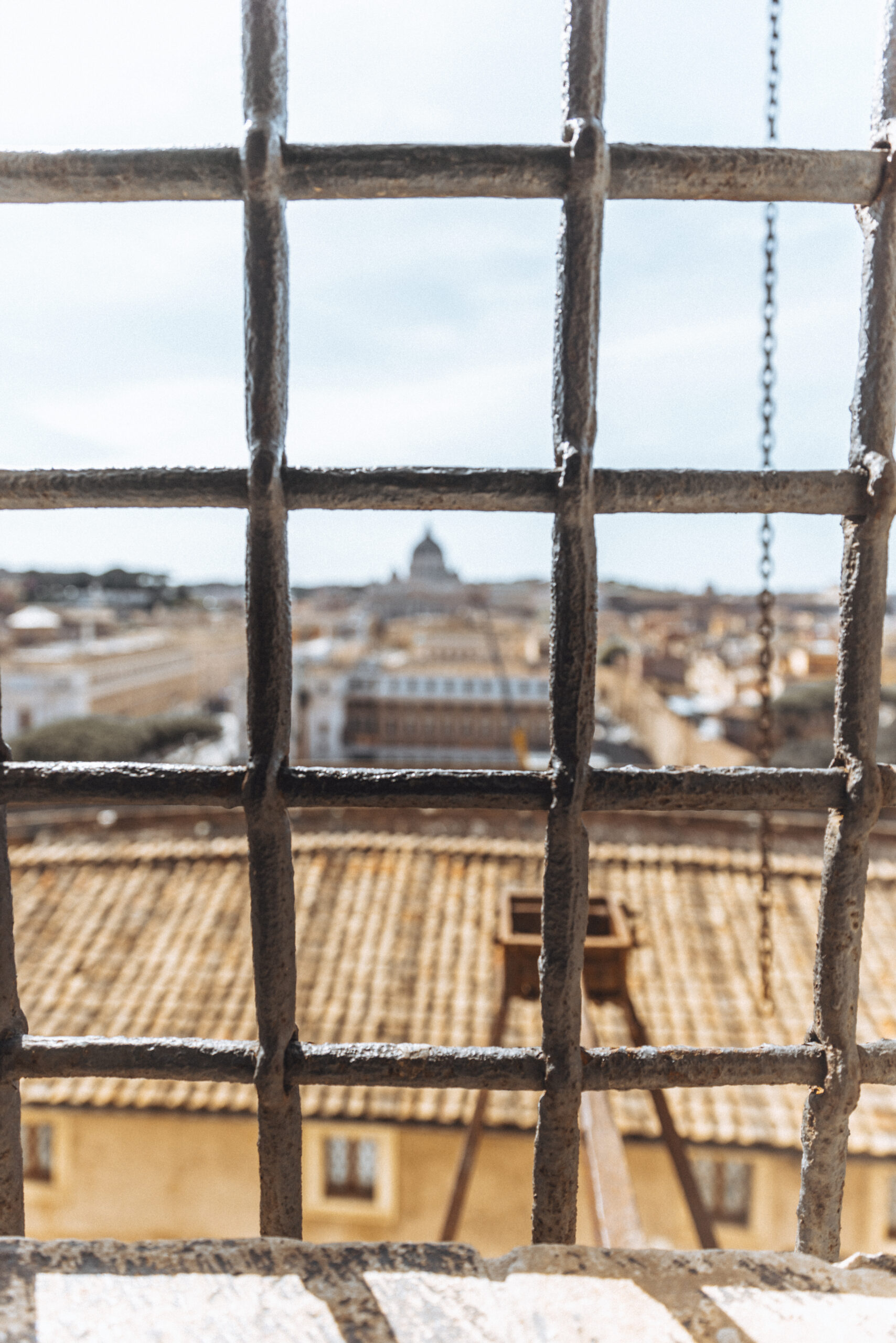
The walkup across the bridge might be the best part, but the interior was surprisingly cool (figuratively and literally). Great add-on that we had no idea existed. Plus, we went on a Sunday when it was free.
Vie Dei Coronari
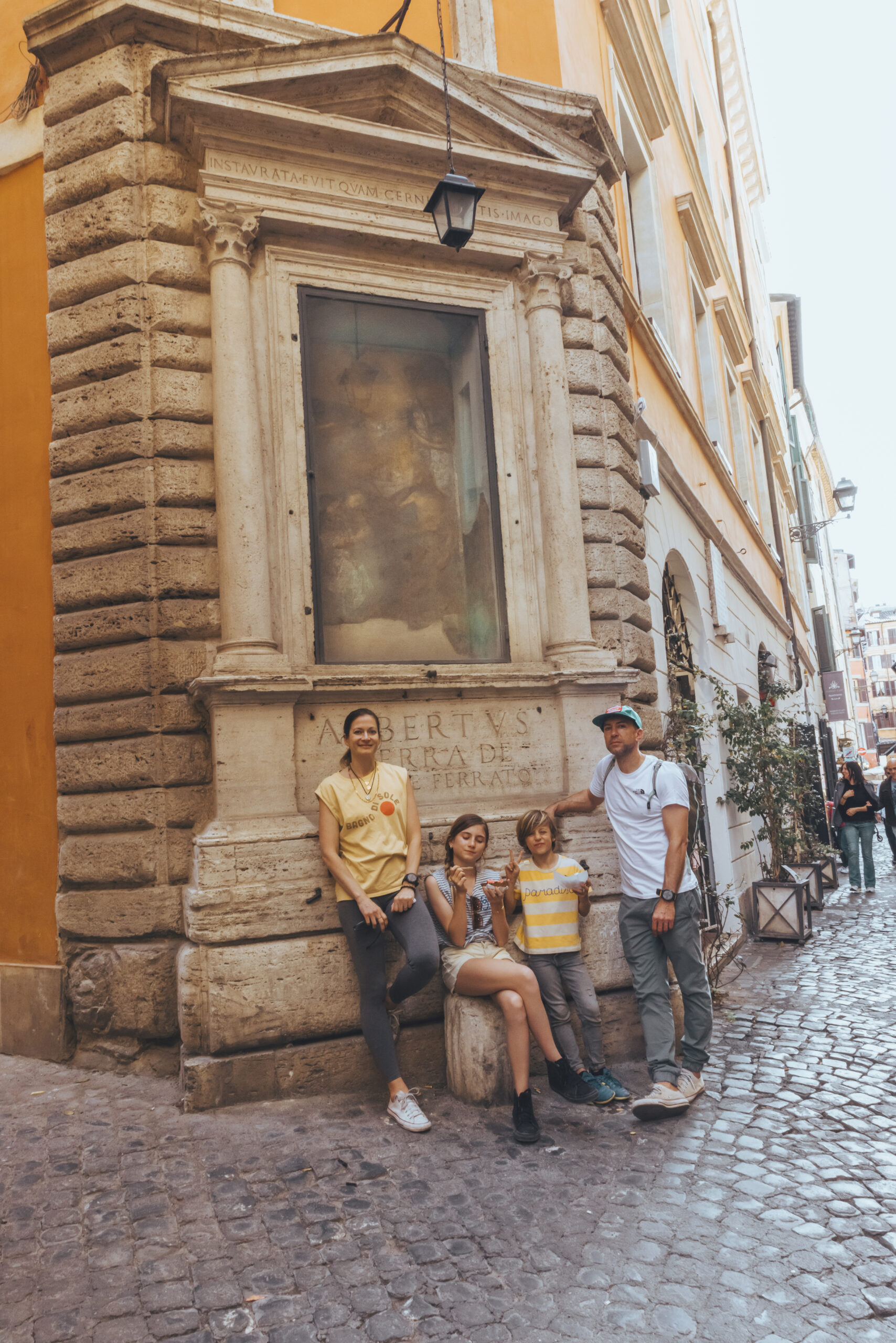
Escape the tourist hordes and wander down the charming streets of Vie Dei Coronari, lined with antique shops, gelaterias, and quaint cafes. This hidden gem offers a taste of authentic Roman life away from the hustle and bustle of the city center. Fun fact: Vie Dei Coronari was once a pilgrimage route for Catholic pilgrims traveling to St. Peter’s Basilica. After perusing the antique stalls and soaking up the atmosphere, treat yourself to some gelato at Gelateria Dei Coronari, where the flavors are inventive and the scoops are generous.
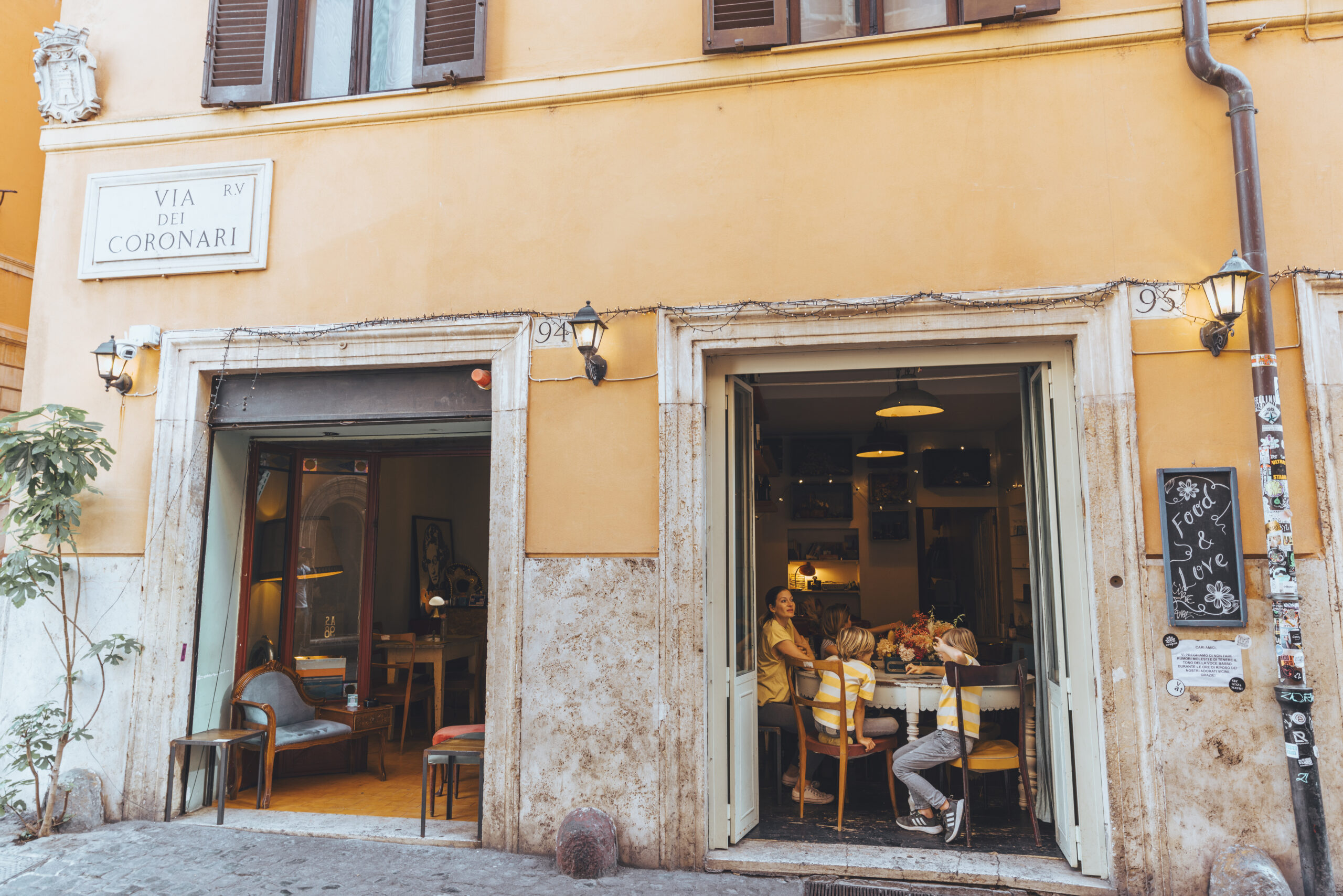
And there you have it, folks, a tour of Rome’s most iconic landmarks! Whether you’re marveling at ancient ruins or indulging in mediocre pasta, Rome offers something for everyone. So grab your gladiator sandals and your SPQR-approved selfie stick, and get ready to roam around Rome in style!
